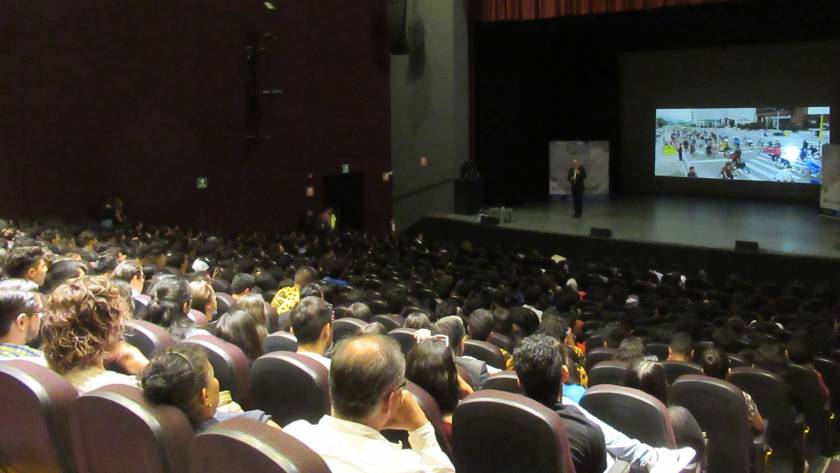


Key Takeaways
To divert trips from cars, walking and cycling must be simultaneously:
Useful (mixed-use destinations),
Safe (protection from vehicular threat),
Comfortable (well-enclosed “outdoor living rooms”) and
Interesting (varied façades, human-scaled details).
Edges define a place: the ratio of height to width gives it a different character. If it…

Key Takeaways
The 15-minute (or 30-minute) City isn’t just about distance. It redefines quality of life via green, complete, socially rich, mixed-use neighbourhoods.
Beyond spatial distance, implement social, cultural, cognitive, emotional, and digital proximities to weave a dense network of services and interactions.
Success hinges on transforming governance (new local mandates, participatory…

Key Takeaways
→ Urban environments should be flexible, adaptable, and deeply human-centered.
→ High density should not mean high-rise developments alone but rather diverse,
layered urban spaces with well-designed mid-rise buildings, communal areas, and
active streets.
→ Cities should cater to human senses—lighting, soundscapes, material textures,
and smells - all influence how people perceive and use public spaces.
→ Designing cities for…







Key Takeaways
Physical form and social shifts have confined today’s eight-year-olds to a 100-meter radius, compared to approximately 6 miles in the 1900s.
Medium-high density, car-free streets, built-in play elements, pocket parks, and 4-minute transit to the city center create both freedom and richness of activity.
Summary
What is child-friendly urban…

